ARTICLE AD BOX
Last Updated:August 02, 2025, 10:58 IST
As Trump orders nuclear submarines into 'appropriate regions' after Medvedev’s threats, we revisit the 1962 standoff that brought the world closer than ever to nuclear catastrophe

In a Telegram post, Dmitry Medvedev mocked US President Donald Trump, invoked Cold War cinema and nuclear doctrine, and referenced the “Dead Hand”. (Image: Reuters)
Nuclear rhetoric is back at the forefront of global headlines, and it’s chillingly familiar. This time, it started with former Russian President Dmitry Medvedev, now Deputy Chairman of Russia’s Security Council. In a Telegram post, Medvedev mocked US President Donald Trump, invoked Cold War cinema and nuclear doctrine, and referenced the “Dead Hand", formally known as Perimeter, a semi-automated Soviet-era system designed to ensure nuclear retaliation even if Russian leadership were wiped out in a first strike. Once activated, Perimeter could launch missiles automatically if it detected signs of a nuclear attack and a complete loss of command.
“Maybe [Trump] should recall his favourite movies about ‘the walking dead,’ and also remember how dangerous the so-called ‘Dead Hand,’ which doesn’t even exist, could be," Medvedev wrote.
In response, Trump announced he had ordered two US nuclear submarines to be deployed to undisclosed “appropriate regions," calling Medvedev’s comments “highly provocative."
“Just in case these foolish and inflammatory statements are more than just that," Trump wrote on Truth Social. “Words are very important and can often lead to unintended consequences."
Soon after, Russian lawmaker Viktor Vodolatsky dismissed the move, claiming Russian subs had long had American ones “in their crosshairs."
As the US and Russia again exchange nuclear threats and references to Cold War-era systems, it’s worth revisiting the Cuban Missile Crisis of 1962, the closest the world has come to full-scale nuclear war.
What Was The Cuban Missile Crisis?
The Cuban Missile Crisis was a 13-day confrontation between the United States and the Soviet Union that took place in October 1962. What made this crisis especially dangerous was the speed of escalation and the unprecedented proximity of nuclear weapons to US territory.
The Soviet Union had begun secretly installing nuclear missiles in Cuba, a Caribbean island just 145 kilometres from the coast of Florida. These missiles, once operational, could have reached major American cities in minutes.
The crisis played out in the shadow of the Cold War, the decades-long ideological and geopolitical rivalry between the capitalist United States and the communist Soviet Union. The two superpowers had already been engaged in an arms race, nuclear testing, and proxy conflicts around the world. But never before had their weapons come so close to direct use.
How Did The Crisis Begin?
To understand the Cuban Missile Crisis, one must go back to 1959, when Fidel Castro overthrew Cuba’s US-backed government and aligned his new regime with the Soviet Union.
Alarmed at having a communist regime so close to home, the US tried to overthrow Castro. In April 1961, under the presidency of John F. Kennedy, the CIA organised the Bay of Pigs invasion, a failed attempt to land Cuban exiles and oust Castro. The operation was poorly planned and quickly crushed, embarrassing the Kennedy administration.
In the aftermath, Cuba and the Soviet Union grew closer. Soviet Premier Nikita Khrushchev saw an opportunity not only to protect Cuba from further American attempts at regime change but also to level the strategic playing field. At the time, the US had Jupiter nuclear missiles stationed in Turkey and Italy, within range of Moscow. By installing Soviet nuclear weapons in Cuba, Khrushchev hoped to counterbalance that threat and gain leverage in negotiations with the West.
By July 1962, Khrushchev and Castro had reached a secret agreement to place Soviet nuclear missiles in Cuba. Construction of the missile launch sites began soon after, hidden in remote Cuban farmlands and guarded by Soviet and Cuban military units.
Discovery And Shock In Washington
On 14 October 1962, an American U–2 reconnaissance plane flying over Cuba photographed several missile sites under construction. The next day, the images were shown to President Kennedy. They confirmed that the Soviet Union was installing medium-range and intermediate-range ballistic missiles capable of delivering nuclear warheads to nearly every major city in the continental US.
The discovery stunned the Kennedy administration. On 4 September, just weeks earlier, Kennedy had publicly warned the Soviets against placing offensive weapons in Cuba. Now that red line had been crossed.
Kennedy convened a group of top civilian and military advisers, later called ExComm, to deliberate the US response. Options ranged from airstrikes and a full invasion of Cuba to diplomatic pressure and negotiations. But Kennedy was wary of any move that might trigger a Soviet counterattack, perhaps in Europe, or unleash an uncontrolled spiral toward nuclear war.
Kennedy’s “Quarantine"
After tense internal debates, Kennedy chose a middle path. On 22 October, he went on national television and informed the American public that Soviet missiles had been discovered in Cuba. He announced that the US would impose a naval “quarantine", essentially a blockade, to stop further Soviet arms shipments to the island.
He avoided the term “blockade" to steer clear of triggering a formal declaration of war, and sought international support through the Organization of American States (OAS) and the United Nations.
Kennedy’s tone was measured but firm. He warned: “It shall be the policy of this nation to regard any nuclear missile launched from Cuba… as an attack by the Soviet Union on the United States, requiring a full retaliatory response."
As US warships took up positions around Cuba, the world held its breath.
The Soviet Response: Tension, Movement, And Mixed Messages
The Soviet Union publicly denounced the quarantine as illegal. Khrushchev sent a letter to Kennedy accusing the US of pushing the world toward war. But quietly, Soviet ships carrying additional weapons turned back before crossing the US naval line. Other ships were stopped, inspected, and allowed through only if they carried non-offensive cargo.
Still, surveillance flights showed that construction of the missile sites in Cuba was continuing, and some appeared to be close to operational.
Meanwhile, US forces were placed on DEFCON 2, the highest state of military readiness short of actual war. Nuclear bombers were put on round-the-clock alert.
27 October: Black Saturday
The most perilous moment came on 27 October, now referred to as “Black Saturday." That day, a US U–2 plane was shot down over Cuba by a Soviet-supplied surface-to-air missile, killing Major Rudolf Anderson, the only American fatality of the crisis.
Simultaneously, Kennedy received two letters from Khrushchev. The first, sent the day before, offered to withdraw Soviet missiles in exchange for a US pledge not to invade Cuba. The second, more aggressive, demanded that the US also remove its Jupiter missiles from Turkey.
To avoid being drawn into a public bargaining match, Kennedy responded only to the first letter, accepting the deal publicly and ignoring the second. Meanwhile, his brother Robert Kennedy met secretly with Soviet Ambassador Anatoly Dobrynin, conveying that the US would remove the Jupiter missiles, but not as part of any formal or public agreement.
The Resolution
On 28 October, Khrushchev agreed to Kennedy’s proposal. He announced that the Soviet Union would dismantle its missile installations in Cuba under UN supervision, and in exchange, the US would not invade the island.
The immediate crisis was over, but just barely. The US quarantine remained in place until 20 November 1962, and the Jupiter missiles in Turkey were quietly removed by April 1963.
What Changed After 1962?
The Cuban Missile Crisis left a deep mark on US–Soviet relations and global nuclear policy.
- A direct communication hotline was established between the White House and the Kremlin to prevent future misunderstandings.
- The crisis paved the way for the Partial Nuclear Test Ban Treaty of 1963, banning nuclear tests in the atmosphere, underwater, and in space.
- Both sides gained a newfound respect for the risks of miscalculation and the value of diplomatic backchannels.
The Doomsday Clock: A Symbol Of How Close We Came
The Doomsday Clock, maintained by the Bulletin of the Atomic Scientists, doesn’t tell time in the conventional sense. Since 1947, it has served as a visual metaphor for how close humanity is to self-destruction, through nuclear war, climate collapse, or unchecked technological threats.
At its inception, the Clock was set at seven minutes to midnight, a symbolic warning in the aftermath of atomic bomb testing. It remained there in 1962, even as the Cuban Missile Crisis brought the world to the brink of nuclear catastrophe. Though the hands were not physically moved that year, the event gave the Clock its most profound symbolic weight. “Minutes to midnight" was no longer just an abstraction, it had become a terrifying near-reality.
Over the decades, the hands have ticked forward and back, following the arc of arms races, disarmament talks, global conflicts, and climate breakdowns. In 1991, after the dissolution of the Soviet Union, the Clock was pushed back to 17 minutes to midnight, the farthest it has ever been.
But the 21st century has reversed that progress. In 2023 and 2024, amid rising global tensions, weakened diplomacy, and growing nuclear risks, the Clock stood at 90 seconds to midnight, the closest it had ever been. In January 2025, the Bulletin moved it forward yet again: 89 seconds to midnight.
Their reasons included not just the war in Ukraine and escalating nuclear modernisation programmes, but also the rise of performative, public nuclear brinkmanship, exactly the kind now playing out between Trump and Medvedev, with threats of submarines, doomsday systems, and Cold War taunts unfolding not in private cables, but in viral social media posts.
Why It Matters In 2025
In 1962, it was the restraint, secrecy, and diplomacy of both Kennedy and Khrushchev that prevented nuclear war. Today, nuclear signalling often plays out on social media, shaped more by public bravado than backroom realism. The stakes, however, remain just as high.
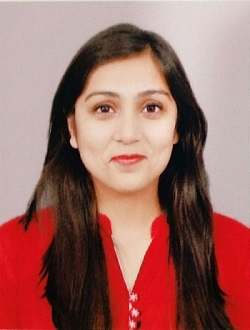
Karishma Jain, Chief Sub Editor at News18.com, writes and edits opinion pieces on a variety of subjects, including Indian politics and policy, culture and the arts, technology and social change. Follow her @kar...Read More
Karishma Jain, Chief Sub Editor at News18.com, writes and edits opinion pieces on a variety of subjects, including Indian politics and policy, culture and the arts, technology and social change. Follow her @kar...
Read More
- Location :
- First Published:
August 02, 2025, 10:58 IST
News explainers Trump, Medvedev, And The 'Dead Hand': How New Nuclear Threats Echo The Cuban Missile Crisis
Disclaimer: Comments reflect users’ views, not News18’s. Please keep discussions respectful and constructive. Abusive, defamatory, or illegal comments will be removed. News18 may disable any comment at its discretion. By posting, you agree to our Terms of Use and Privacy Policy.
Read More



.png)
.png)
.png)
















 6 hours ago
6
6 hours ago
6
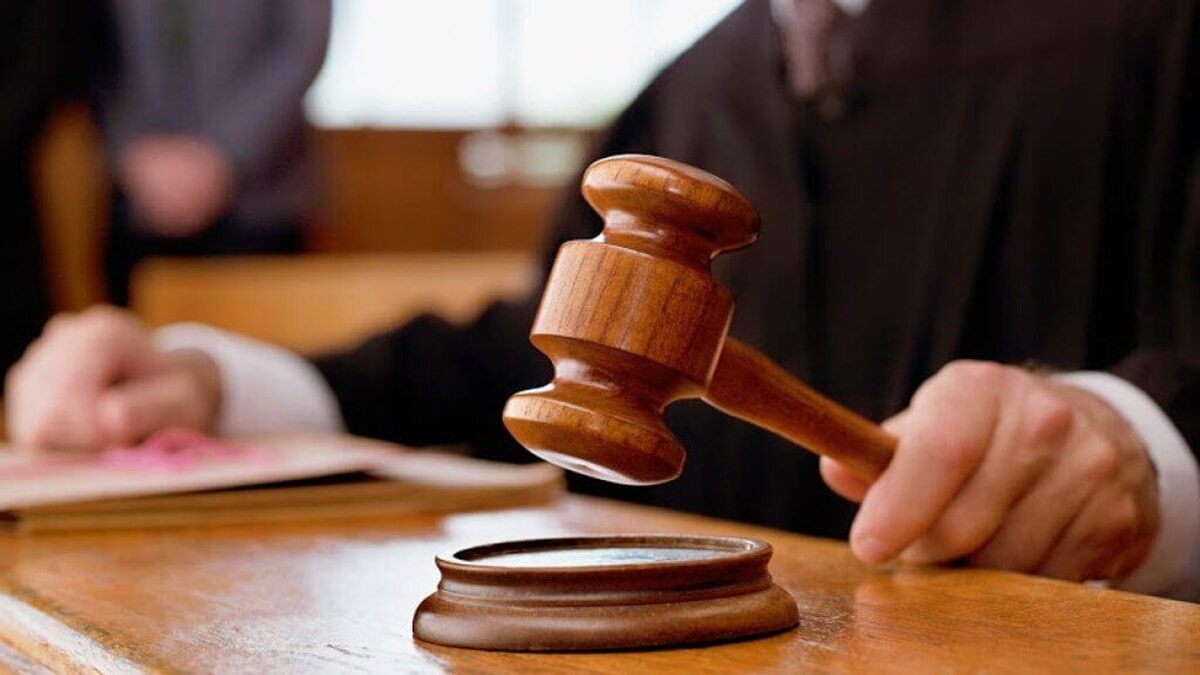
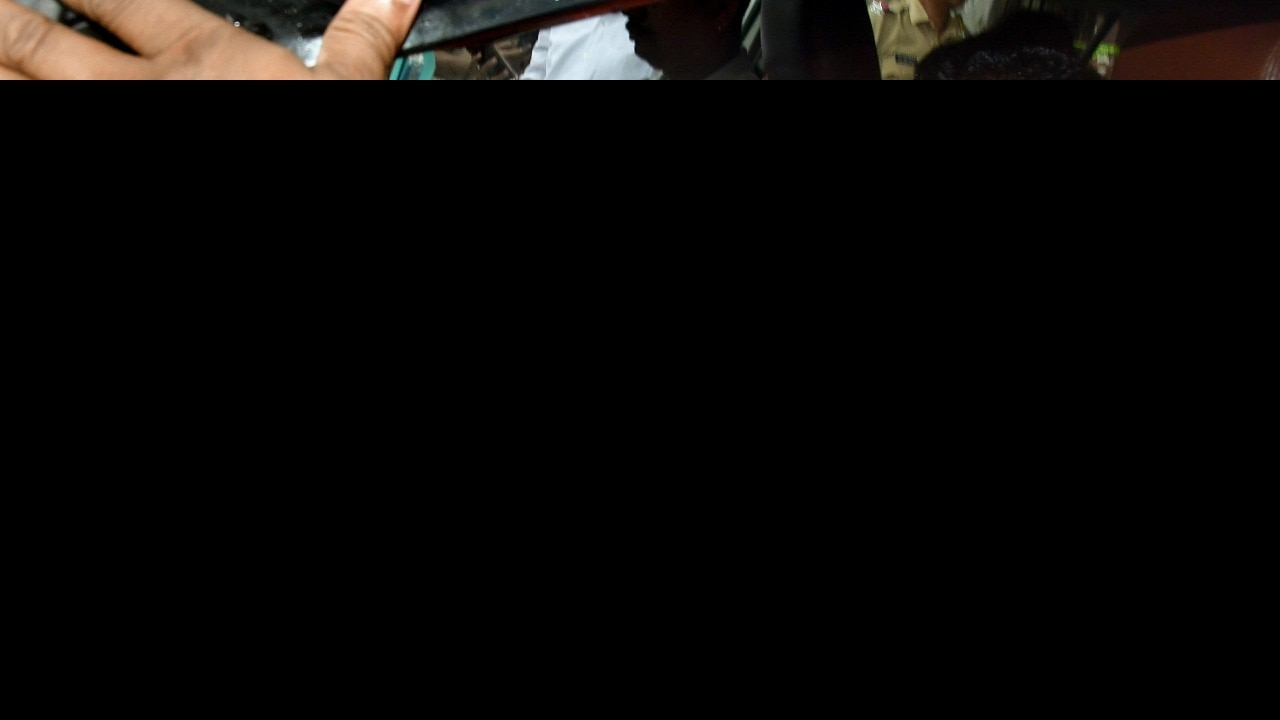
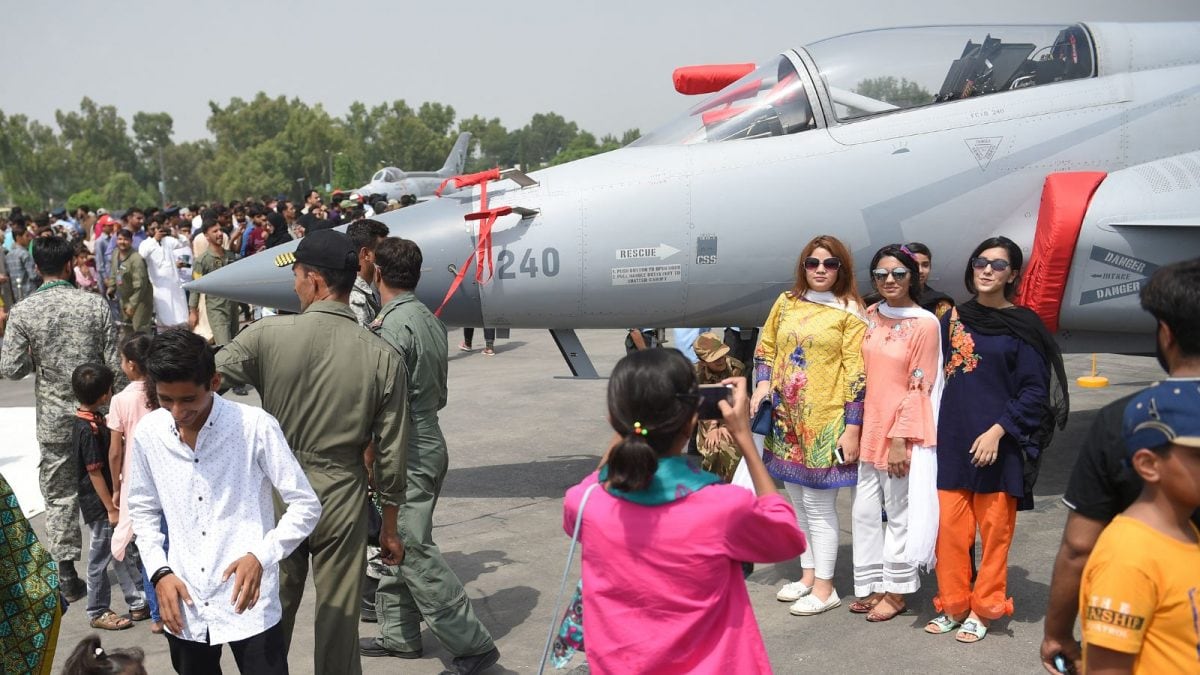


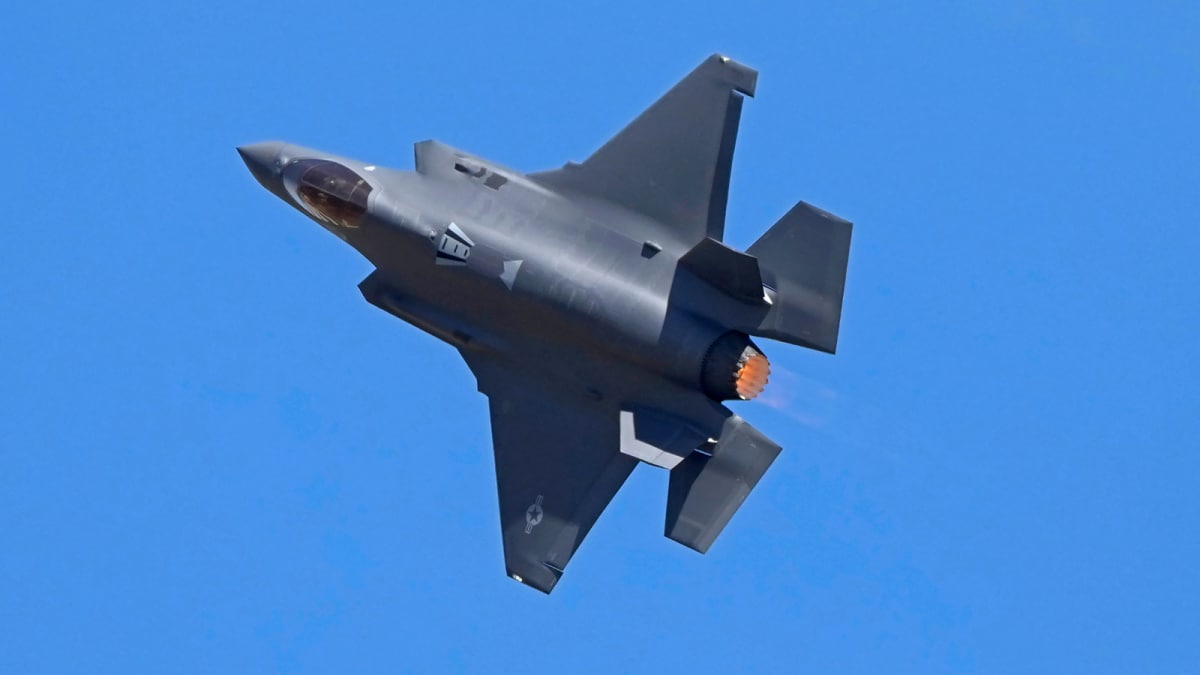
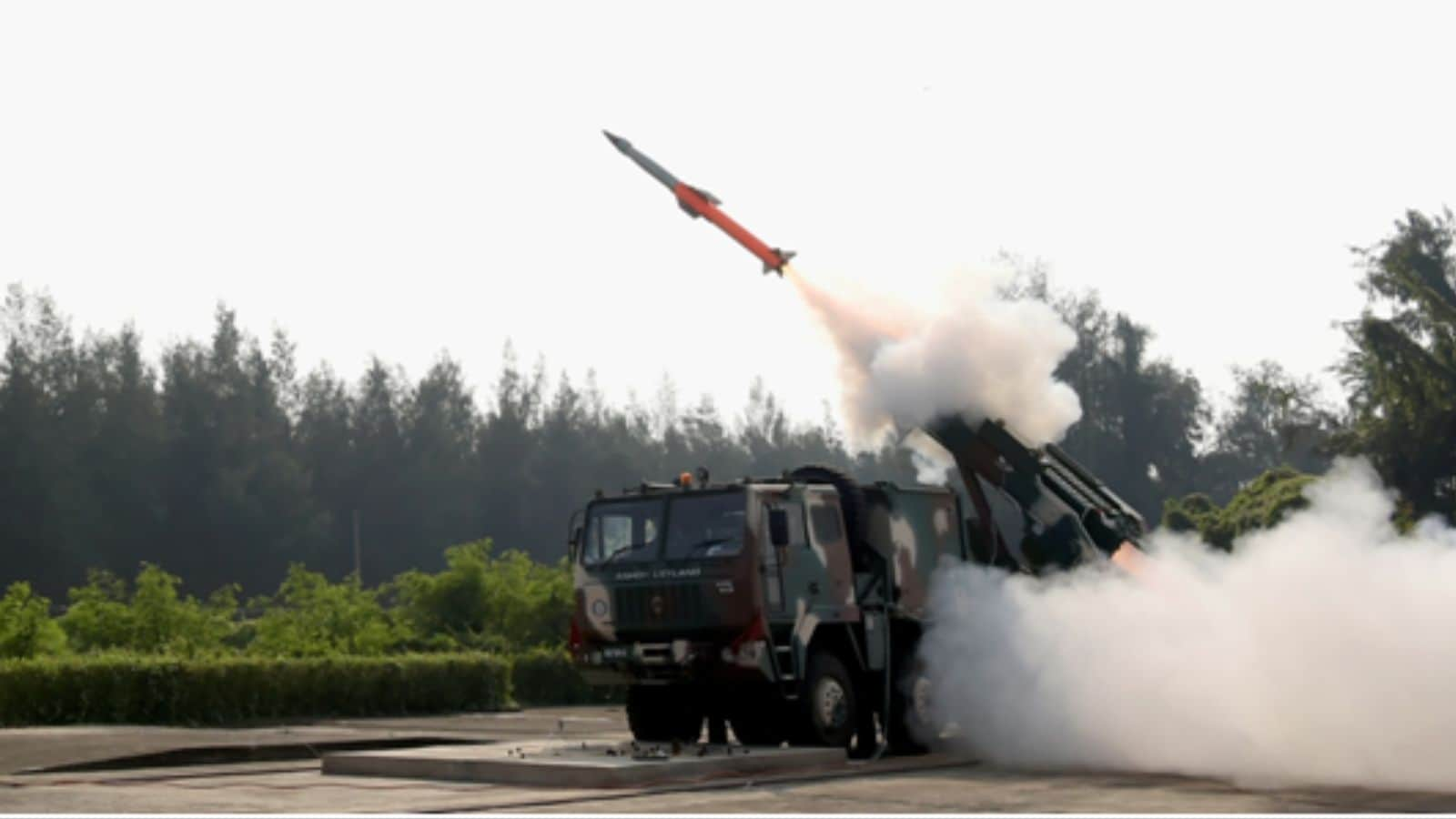


 English (US) ·
English (US) ·